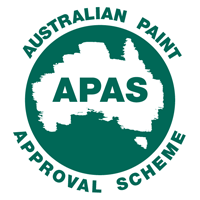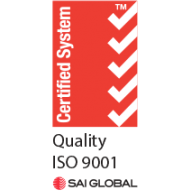Paint overspray remediation is the process of removing excess paint particles from a vehicle or capital equipment after painting. This process is necessary to ensure that the finished product has a smooth and even finish, free from imperfections. In this blog post, we will discuss the methods and techniques used for paint overspray remediation on vehicles and capital equipment.
1. Clay Bar:
One of the most popular methods for paint overspray remediation is the use of a clay bar. A clay bar is a specialized cleaning product that is designed to remove contaminants from the surface of a vehicle or equipment, including paint overspray. The clay bar is applied to the surface with a lubricating spray, and then the clay is rubbed over the surface in a circular motion. The clay bar removes the overspray by picking up the paint particles as it moves across the surface.
Advantages of Clay Bar:
• Affordable and easy to use
• Effective at removing light to moderate overspray
• Does not damage the paint surface
Disadvantages of Clay Bar:
• May require multiple passes for heavy overspray
• Does not remove overspray from hard-to-reach areas
2. Chemicals:
Another method for paint overspray remediation is the use of chemicals. These chemicals are designed to break down and dissolve the paint particles, making them easier to remove from the surface. Some of the most common chemicals used for overspray removal include solvents, degreasers, and paint strippers.
Advantages of Chemicals:
• Effective at removing heavy overspray
• Can be used on hard-to-reach areas
• Can be used on a variety of surfaces
Disadvantages of Chemicals:
• May damage the paint surface if not used correctly
• Can be hazardous to use without proper protective equipment
• May require specialized training to use safely
3. Buffing:
Buffing is another method for paint overspray remediation. This process involves using a buffing machine and a specialized compound to remove the overspray from the surface of the vehicle or equipment. The buffing machine applies the compound to the surface and then buffs it out, removing the overspray in the process.
Advantages of Buffing:
• Effective at removing heavy overspray
• Can be used on a variety of surfaces
• Can restore the surface to a high-gloss finish
Disadvantages of Buffing:
• Can damage the paint surface if not used correctly
• Requires specialized equipment and training
• Can be time-consuming and labour-intensive
Paint overspray remediation is an important process for ensuring that the finished product has a smooth and even finish, free from imperfections. The methods and techniques used for paint overspray remediation on vehicles and capital equipment vary depending on the type and amount of overspray present. By selecting the appropriate method for the specific situation, you can ensure that the remediation process is effective and safe.





